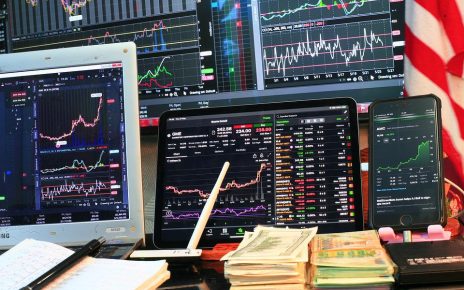- Equities have had a decent start to the month, with the Nasdaq making significant gains due to AI optimism.
- BofA raised its target for the S&P 500 to 5,400 by the end of the year.
- Data on Friday showed a slowdown in the US manufacturing sector.
Equities fluctuated on Monday but closed slightly down as investors waited on the sidelines for more high-impact economic releases from the US. Additionally, they awaited more policy clues from Fed Chair Jerome Powell in his testimony before Congress on Wednesday.
Notably, the S&P 500 reached temporary highs during the session, propelled by rallies in stocks like Nvidia as AI optimism continued. However, the index could not sustain its gains, leading to a decline as the session concluded.
Still, equities have had a decent start to the month, with the Nasdaq making significant gains due to AI optimism. At the same time, the S&P 500 has risen over 21% recently. Notably, BofA raised its target for the index to 5,400 by the end of the year. This is an increase from the previous target of 5,000.
However, such rallies in the equities market usually have pauses or pullbacks. According to BofA, there is a likelihood of a 5% pullback in the market this year. This could come amid uncertainty surrounding the upcoming presidential election. Markets might then recover after the elections.
Tech rally (Source: Bloomberg)
US equities surged on Friday due to a rally in technology stocks, particularly Nvidia, and a decline in Treasury yields. Moreover, stocks closed February with gains, marking four straight months of gains.
Data on Friday showed a slowdown in the US manufacturing sector, contributing to the decline in Treasury yields. Any signs of weakness in the economy benefit stocks as it raises the possibility of Fed rate cuts. Ideally, a resilient economy should be good for equities. However, when resilience means high interest rates for longer, equities decline because high borrowing costs hurt the business environment. Meanwhile, when the economy is slowing, the Fed is encouraged that its fight against inflation is progressing. Therefore, it increases the chances of lower interest rates.
Currently, markets expect the first rate cut in June. Moreover, market participants will watch Powell’s testimony to Congress on Wednesday and Thursday, where he might drop hints on the Fed’s policy outlook. More clues will come when the US releases data on employment on Friday.





